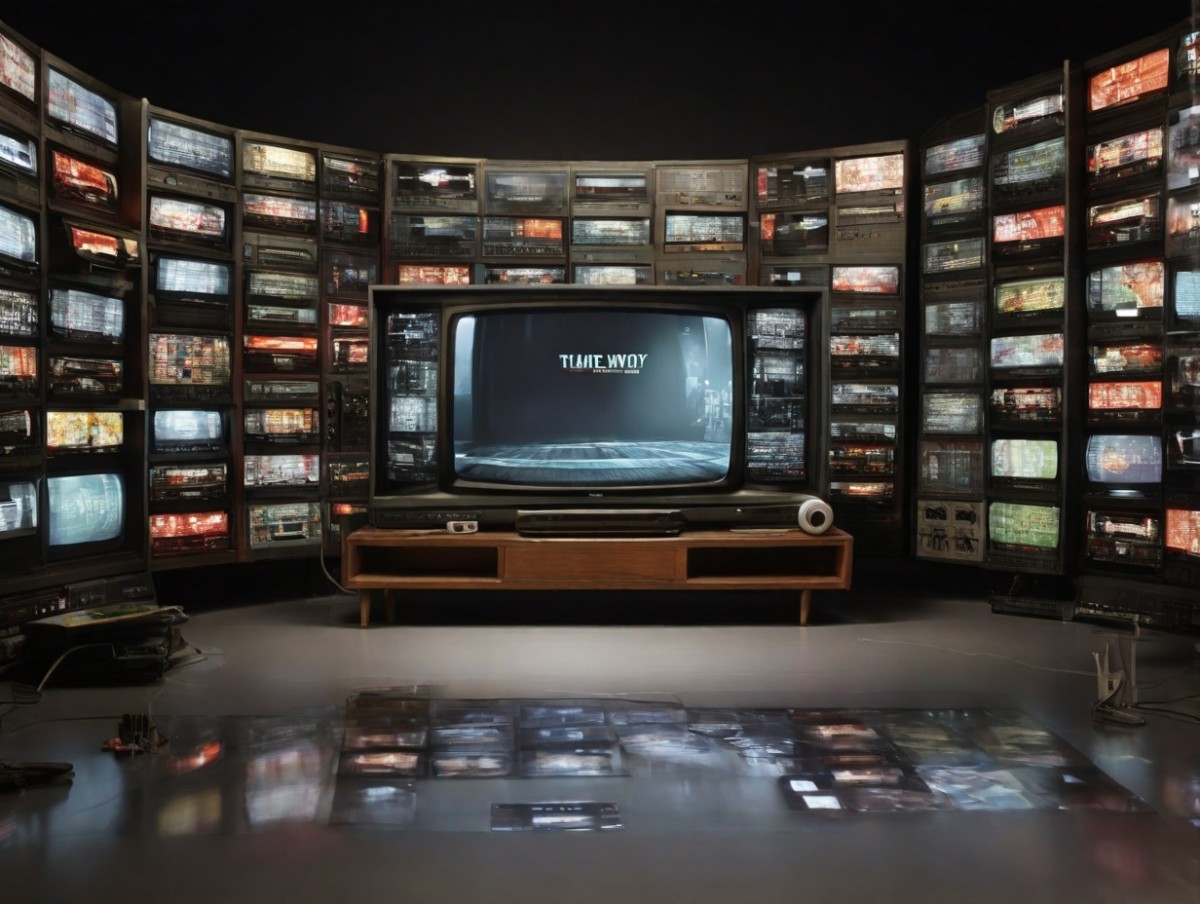The Consumer Electronics Show (CES) 2024 witnessed a surge in integrating artificial intelligence (AI) into television technology, with leading manufacturers like Samsung, LG, TCL, and Hisense showcasing their latest innovations. Previously confined to smartphones and smart speakers, AI is pivotal in optimizing picture quality and upscaling performance in modern televisions.
AI’s impact on picture quality
One of the key areas where AI is revolutionizing TV technology is enhancing picture quality. Manufacturers are leveraging AI-powered processors to perform tasks ranging from basic noise reduction to complex object identification, dynamic contrast, and color enhancement. Additionally, AI algorithms are utilized to optimize high dynamic range (HDR) tone mapping in content and to “re-master” older material not originally produced in HDR format.
LG unveiled its AI Director Processing feature for its top OLED TVs, promising to analyze a director’s intended color scheme for each shot in a movie and enhance color expression accordingly. On the other hand, Samsung introduced AI Motion Enhancer Pro for its 2024 8K TVs, which detects the type of ball used in sports broadcasts and eliminates motion blur on a frame-by-frame basis. These advancements highlight the versatility and potential of AI in delivering immersive viewing experiences.
Samsung’s 2024 8K TVs feature the NQ8 AI Gen3 processor, which is equipped with an on-device AI engine with enhanced processing power. This enables effective upscaling of content to match the ultra-high-definition display of 8K TVs, ensuring smooth lines and fine details without over-enhancement. With the proliferation of 8K resolution, AI-driven upscaling has become essential for optimizing viewing experiences and future-proofing television technology.
The importance of AI in 4K TVs
As streaming services introduce pricing tiers for 4K content, the significance of AI-driven upscaling in 4K TVs has grown substantially. While some viewers may opt for lower-resolution plans to mitigate costs, AI-powered upscaling provides an alternative solution to maintain picture quality without compromising content accessibility. TV brands employing sophisticated AI algorithms for upscaling gain a competitive edge, ensuring seamless transitions between resolutions and enhancing viewing satisfaction.
Integrating AI into television technology represents a significant advancement in enhancing picture quality and upscaling performance. From analyzing color schemes in movies to eliminating motion blur in sports broadcasts, AI-driven features offer immersive viewing experiences previously unimaginable. As the industry continues to evolve towards higher resolutions and larger screen sizes, bespoke AI-based image processing and upscaling will play a crucial role in shaping the future of television technology. Embracing AI in TVs heralds a new era of visual excellence, where every pixel is optimized to deliver unparalleled picture quality.


